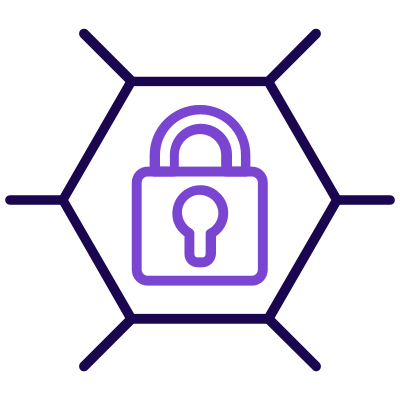In today’s digitally enabled age, organisations are presented with flexible options as to how and where their software is deployed and managed to meet increasing requirements for optimal use of their resources, and in turn, maximising overall value and focus.
One of the biggest decisions to be made when selecting new software is where, how and by who it will be hosted, i.e. as a cloud-based or on-premises deployment. While the functionality of the software itself will remain generally the same, there are several reasons why an organisation might choose one deployment method over the other.
What is the Fundamental Difference?
On Premise
On-premises installations reside on a dedicated server that is maintained by an organization’s IT department. This provides additional control and validation but requires additional hardware to set up and a dedicated IT department to manage.
SaaS
Gartner defines SaaS as, “software that is owned, delivered and managed remotely by one or more providers… that is consumed in a one-to-many model by all contracted customers at any time, on a pay-for-use basis or as a subscription-based on use metrics.”
In effect, SaaS is a leased software maintained by its provider, in a cloud environment, outside of the consuming organisation’s premises.
Cost of Ownership Considerations
The total cost of ownership of either model is a major consideration factor, and is evaluated within the context of an organisation’s most effective and efficient use of its resources and capabilities.
On-premise ownership includes capital and operational expenditure to cover hardware, software, and IT support staff who perform the required operational and maintenance activities to ensure business and service continuity. Such expenditure occurs continuously over the lifespan of the software and must also consider demand growth, training and development of IT support, and the replacement of depreciated hardware assets (which have a lifespan of 3 to 5 years).
SaaS removes the need for organizations to install and maintain applications on their own computers or in their own data centres, as this is hosted within a cloud environment.
The costs normally associated with hosting on-premise software is therefore shifted from the organisation to the SaaS provider, who bears the expense of providing the infrastructure, software and operational support. This means that the SaaS provider can spread its costs efficiently across a large customer base, and thereby returning a cost saving to said base of customers.
Scalability and Flexibility of Capacity Requirements
SaaS
SaaS is an all-inclusive business architecture and a value delivery model other than a software deployment and hosting mechanism. It is characterized by an inbuilt multi-tenancy of people, process and technology, allowing for shared resources and infrastructure.
It is intrinsically scalable and flexible to accommodate for near real-time to real-time capacity demand changes, and therefore catering both to organisational growth, business requirement changes and usage shifts (inclusive of peak capacity demand, e.g. at month end).
This ensures that SaaS resources are used effectively, efficiently and dynamically to where they are in highest demand across a spectrum of software users.
On-Premise
An on-premises model is dependent on infrastructure procurement and deployment, as well as IT support. This may not reflect the timelines of increasing demand on IT software capacity, and therefore may be out of step to cater to real-time business demands.
Conversely, should capacity demand requirements decrease, or significant headroom is required for high peak periods, the result is that expensive infrastructure and processing capability is not maximised, at a cost.
Pay-As-You-Go
SaaS gives the benefit of predictable costs both for the subscription and the operational overhead. Even as the organisation scales, there is a clear perspective of what the costs will be. This allows for much more accurate budgeting, especially as compared to the costs of internal IT to manage upgrades and address issues for owned infrastructure.
The net result is that the organisation’s budget is spent on SaaS capacity consumed, and no unnecessary expenditure is incurred against idle capacity outside of peak usage.
Deciding…
SaaS If…
- IT requirements incur no real need to purchase and manage additional hardware and software, or such it outside of the organisation’s core competencies.
- Your organization has a small (or non-existent) IT department to handle the installation, monitoring, upgrades and updates for software. SaaS typically includes such services, while ensuring good health and capacity of SaaS infrastructure.
- Your organisation requires agility and flexibility of software use, to reflect the rapidly changing business demands, inclusive of time-to-value.
On-Premises If…
- Your organization has strict security compliance guidelines that require hosting data behind its own firewall. On-premise software puts the control in the organisations hands, which is typically applicable for companies with sensitive data.
- Your organisation has other software or services that your needs to integrate with the new software that are not exposed to the Internet.
- Your organization has a capable IT department, with capacity, to handle all backups, updates, monitoring and upgrades.
Enhalo (Pty) Ltd can help you make the right decision. Our skilled and capable team offers comprehensive consulting services spanning across assessments and auditing, continuity and disaster recovery, infrastructure design, and security domains.







